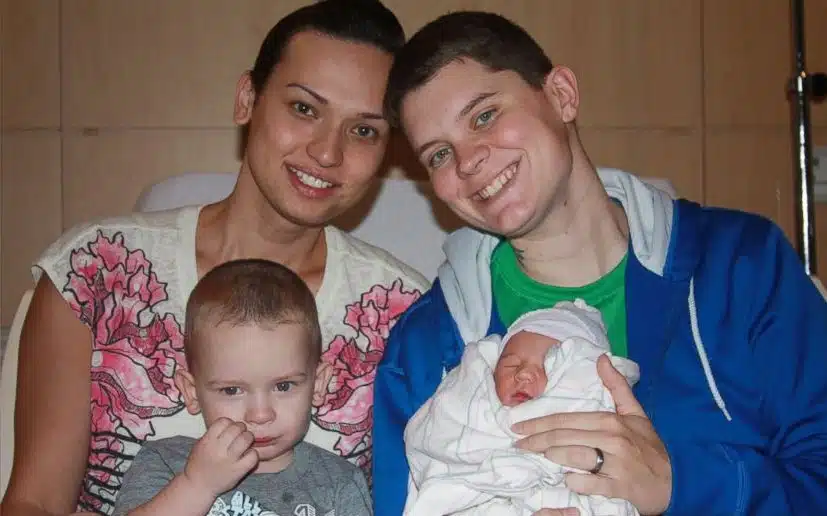The Sexual Orientation and Gender Identity Definitions article will briefly explain the main terms and short definitions.

©FatCamera/Getty Images
The list of basic Sexual Orientation and Gender Identity Definitions
Sexual orientation
Sexual orientation is the enduring pattern of an individual’s emotional, sexual, and romantic attraction.
Note: an individual’s sexual orientation is independent of their gender identity.
Gender identity
One’s innermost image of self as male, female, or a blend of both or neither – how individuals perceive themselves and what they call themselves. One’s gender identity can be the same or different from the sex assigned at birth.
Gender expression
The external appearance of one’s gender identity is usually expressed through behavior, clothing, body characteristics, or voice, which may or may not conform to socially defined behaviors and characteristics typically associated with being either masculine or feminine.
Transgender
Transgender is designating a person whose sense of personal identity and gender does not correspond to that person’s sex at birth or who does not otherwise conform to conventional notions of sex and gender.
Therefore, transgender people may identify as straight, gay, lesbian, bisexual, etc. Being transgender does not imply any specific sexual orientation.
Gender transition
Gender transition is the process by which some people strive to align their internal knowledge of gender with its outward appearance. Some people socially transition by changing their dressing style, using names and pronouns, and being socially recognized as another gender. Others undergo physical transitions in which they modify their bodies through medical interventions.
Gender dysphoria
The term “transgender” refers to a person whose sex assigned at birth (i.e., the sex assigned at birth, usually based on external genitalia) does not align with their gender identity (i.e., one’s psychological sense of their gender). Some people who are transgender will experience “gender dysphoria,” which refers to psychological distress that results from an incongruence between one’s sex assigned at birth and one’s gender identity. Though gender dysphoria often begins in childhood, some people may not experience it until after puberty or much later.
Note: If you’d like to know about sexuality and the types of sexuality, we recommend reading our related article about the Sexual Spectrum.
Take a look at
References and sources:
Photo credits:
Feature photo credits; ©FatCamera/Getty Images



